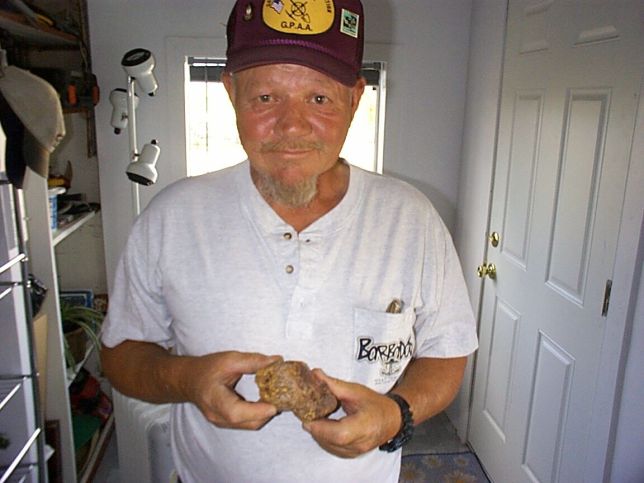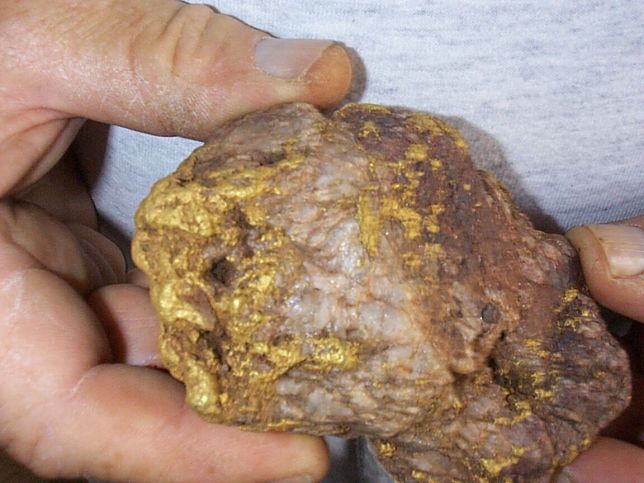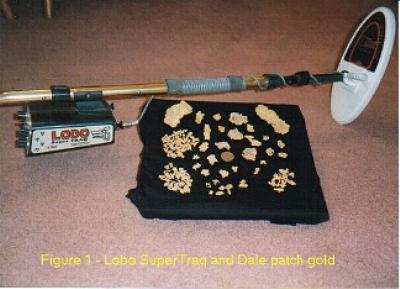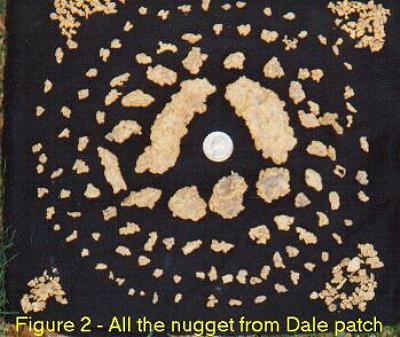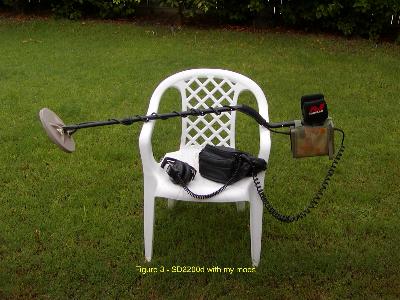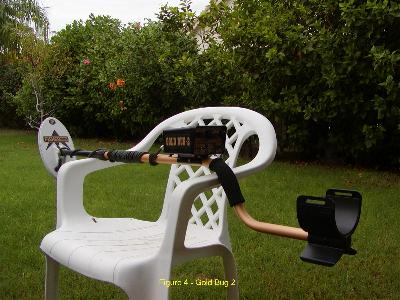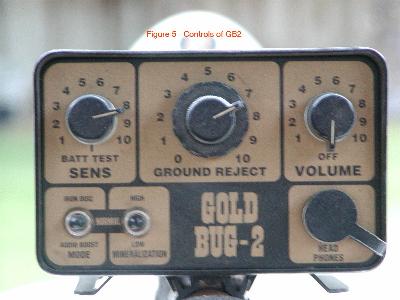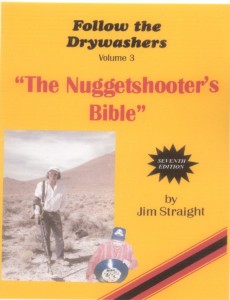The reason I went through this was that when I started detecting in the early 1990s I was listening for that nice clear zip-zip of a target a VLF detector will give you and ignoring the odd sounding targets as being hot rocks or just ground noise or perhaps the detector was just noisy. Yes some were ground noise, but others were nuggets. Sooner or later even I woke up and I began checking out some of those “funny sounds” and yes indeed they were targets and some were gold nuggets!
Part of the issue was simply that I was setting up my detector incorrectly with everything turned way up thinking I would be able to hear targets better and deeper. This also causes your detector VLF or PI to run erratically and miss targets. Never run your detector with settings that do not allow it to run smoothly even if you have the sensitivity, gain, or whatever your detector manufacturer calls it turned all the way down to 3 or so to smooth the ground out. You will hear targets you would have missed at a setting of say 6 if it was unstable there.
Now after learning to investigate all signals as suspect until I see otherwise, I began seeing my finds increase tenfold. I was listening for one sound only all that time and walking right past gold. Now armed with the knowledge that a nugget nugget will give you a sharp clear signal, but a deep or small nugget will often do no more than slightly disturb the threshold I was amazed how many nuggets I found in areas I had already hunted
Jim Straight was a big help to me early on in my hunting days due to the fact he stresses making a target test area and learning your machine along with bench testing. I began then and still do this when I try out a new detector and it really helps you get to know your detector inside and out! I still consider Jim’s books to be a very valuable learning tool for the nugget shooter and I recommend them! Also joining a club like the GPAA gives you access to proven claims to hunt as well as learn from as to where gold in the area and how. Being in a club can really give you an edge.
Now enter the PI detector and it’s already legendary ability to find gold, but talk about really having to be aware of small differences in threshold Sometimes no more than a groan can mean a target! Moving fast is out if you want to find gold on a regular basis because by doing so you will miss a very large percentage of the faint targets. Threshold instability is directly related to faster coil movement so you tend to not even notice what could be a signal. These detectors are a bit more involved, but once mastered the Pulse Induction detector unequaled tool in the gold fields. This is my main choice of detectors as well….
The mono coils are much more tolerant of the quicker swing, but the DD coils work much better for me when I move slooooooow….. Now could that be why some of these guys can go to a pounded area and still find gold when you have been there 10 times without a nugget? YES that very well could be the reason. Having the coil to high is another big problem for many and add that to moving too fast and you have a problem. If you are not rubbing the ground a bit you will again be missing nuggets. After all a coil cover is not costly and the closer to the ground you hunt the more depth you achieve, simple math. Add to that every inch you have your coil above the ground can be losing twice that in the soil.
Ever see the guy that doesn’t seem to get out of a small area for hours when you have already covered two washes and a flat without getting anything but bullets and boot tacks. When you ask how he’s doing he shows you a couple nuggets I am not trying to be a smart ass here, but I like to say work your detector don’t walk your detector. If you already know there is gold in the area slow down and find some of it.
So basically all I am getting at here is to get to know your detector and the sounds it makes and always investigate anything that just doesn’t sound right because something is making the detector act that way and it very well could be a nugget! The sad truth is that many of the clear crisp targets will be in the trash bag….. Just a few lessons learned the hard way.
Good Hunting!


